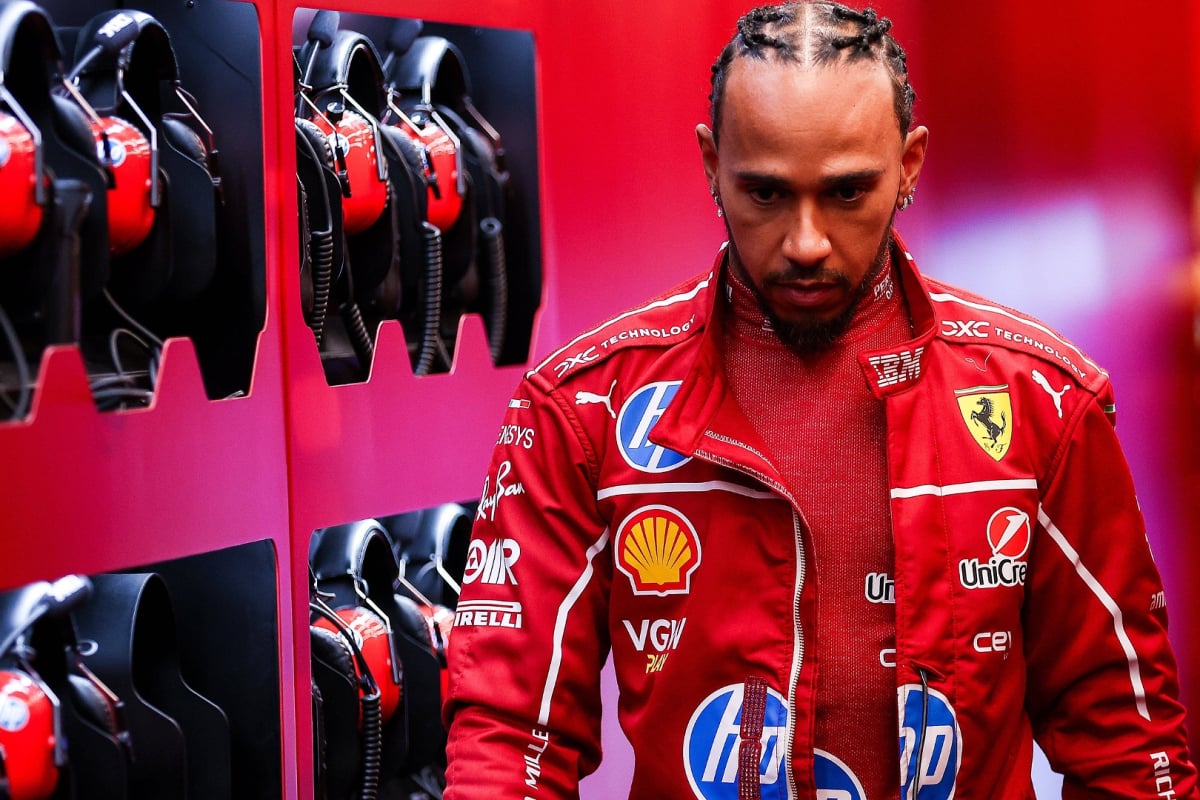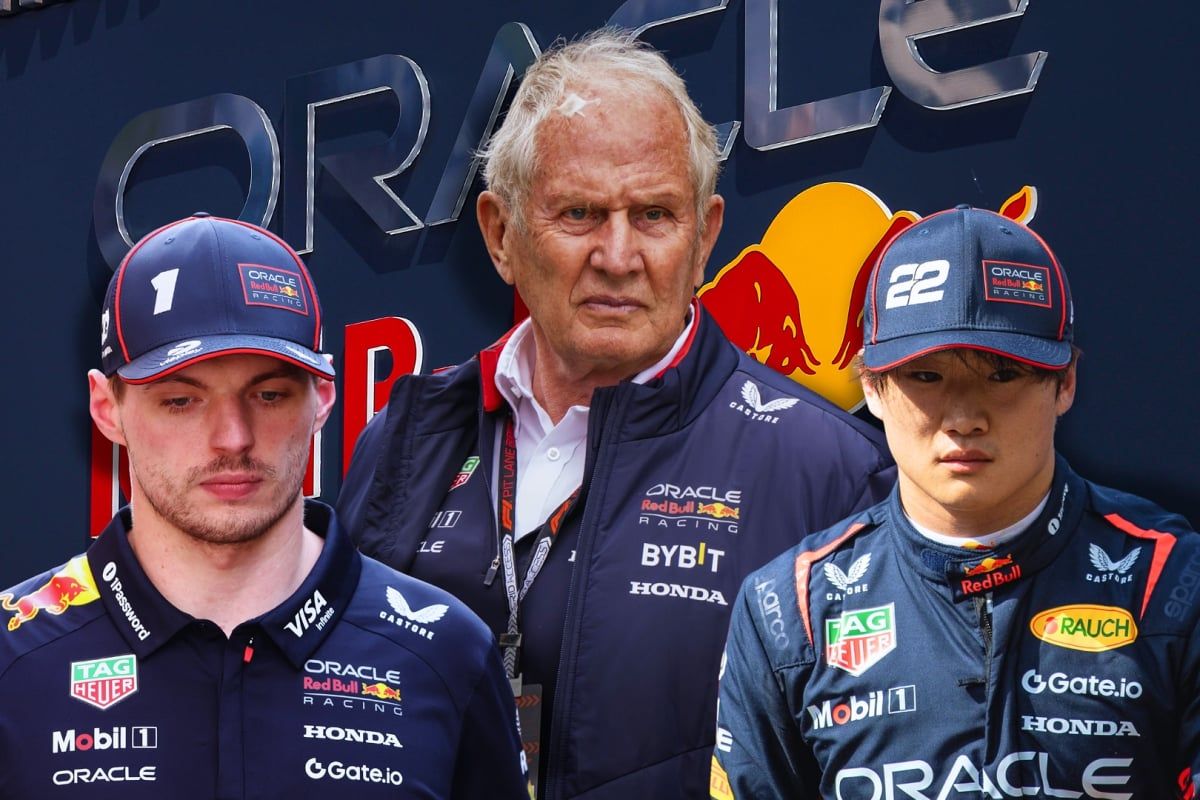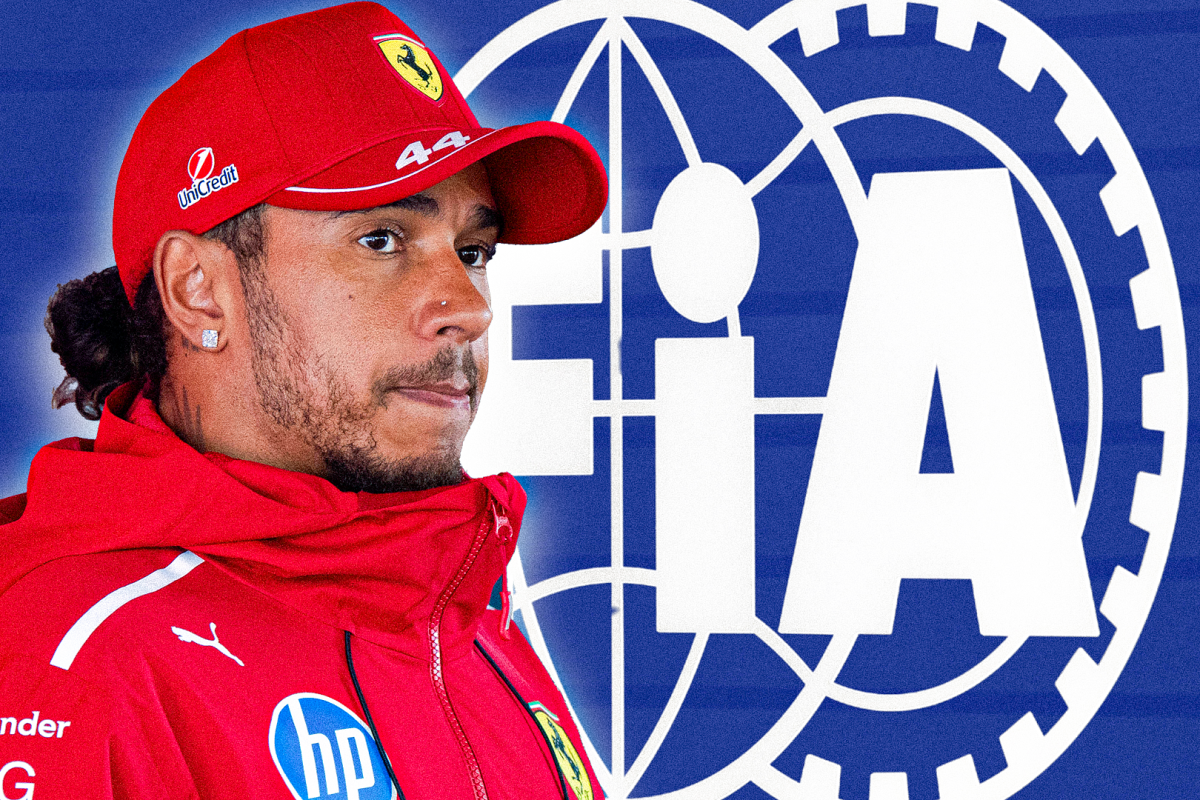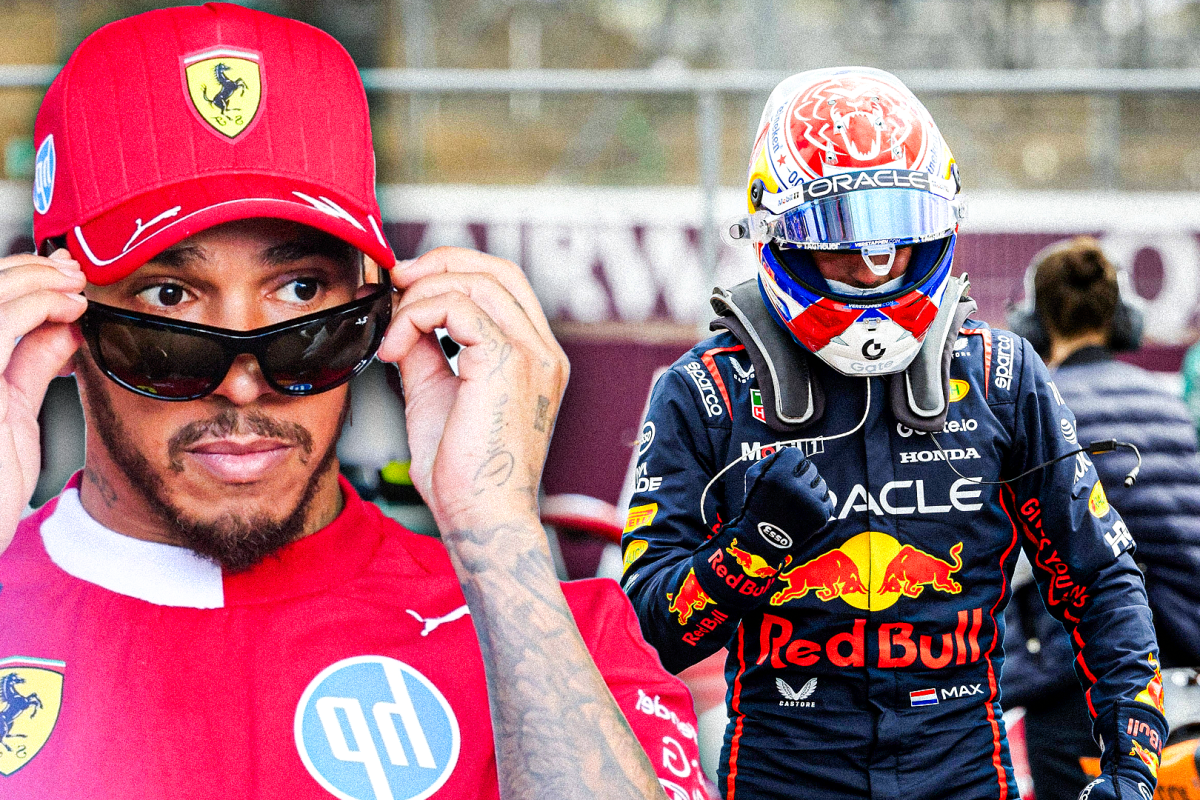Lewis Hamilton’s Struggles at Ferrari Highlight a T… read more
Lewis Hamilton’s long-anticipated move to Ferrari for the 2025 Formula 1 season was expected to bring renewed excitement and potentially a final push for an eighth world title. However, the reality has been far from the fairytale narrative. As the season progresses, it’s becoming increasingly clear that Hamilton is struggling to find his rhythm within the Italian team. While it’s early days in terms of his tenure with the Scuderia, the combination of underwhelming results, strategy missteps, and lack of synergy with his new engineer is casting doubt over his potential success in red.
Hamilton, a seven-time world champion, has enjoyed extraordinary success throughout his career, with his first title coming with McLaren and the remaining six under Mercedes. Yet, with Ferrari, the British driver has found himself outside his comfort zone. His best result so far was a fourth-place finish at Imola during Ferrari’s first home race of the year, but since then, team-mate Charles Leclerc has shown superior consistency and pace, securing consecutive podiums in Monaco and Barcelona. The disparity between the two drivers’ performances is becoming more pronounced, and it’s drawing attention from fans and pundits alike.
Former Mercedes team-mate Nico Rosberg suggested at the Spanish Grand Prix that Hamilton’s age—now 40—might be naturally impacting his form. Meanwhile, former F1 driver Johnny Herbert gave an even more critical assessment, highlighting the lack of strategic coherence within Ferrari and the difficulty Hamilton has had in syncing with his race engineer, Riccardo Adami. Herbert pointed out that Hamilton hasn’t looked settled since his sprint race win in China and questioned whether the synergy required between driver and team is even possible at this stage.
Ferrari’s performance as a team has also come under scrutiny. Though Leclerc has managed to extract decent results from the SF-25, there have been several poor decisions from the pit wall, notably in race strategy and radio communication. While such issues have plagued Ferrari for years, their impact becomes magnified when a high-profile driver like Hamilton is involved, especially one used to a finely-tuned operation like Mercedes.
One of the more difficult aspects of Hamilton’s transition has been the change in communication dynamics. At Mercedes, he had a deep, longstanding bond with engineer Peter “Bono” Bonnington—a partnership that spanned more than a decade and became a crucial part of his success. In contrast, his current relationship with Adami appears far less intuitive. That lack of rapport could be affecting real-time decision-making and confidence during critical race moments.
Naturally, some of these growing pains were expected. Leclerc has been with Ferrari since 2019 and has a deep understanding of how the team operates. In contrast, Hamilton is still adjusting to an entirely new environment, car philosophy, and team culture. Nonetheless, Herbert argues that these adjustments don’t fully explain the gap in performance. He believes Hamilton may be approaching the end of his peak and struggling to accept that his innate ability is no longer enough to bridge the gap.
While it may be harsh to write off Hamilton’s future prospects entirely, there’s no denying that Ferrari seems more inclined to build around Leclerc. The Monegasque driver appears to be the long-term pillar of the team, and his recent performances only strengthen his position within the Scuderia. For Hamilton, the path forward is uncertain. Whether his difficulties are rooted in age, adaptability, or team dynamics, the clock is ticking to turn things around.
As Herbert bluntly concluded, “Ferrari can’t rely on Lewis Hamilton at this point. It’s horrible to say, but it’s the truth.”




